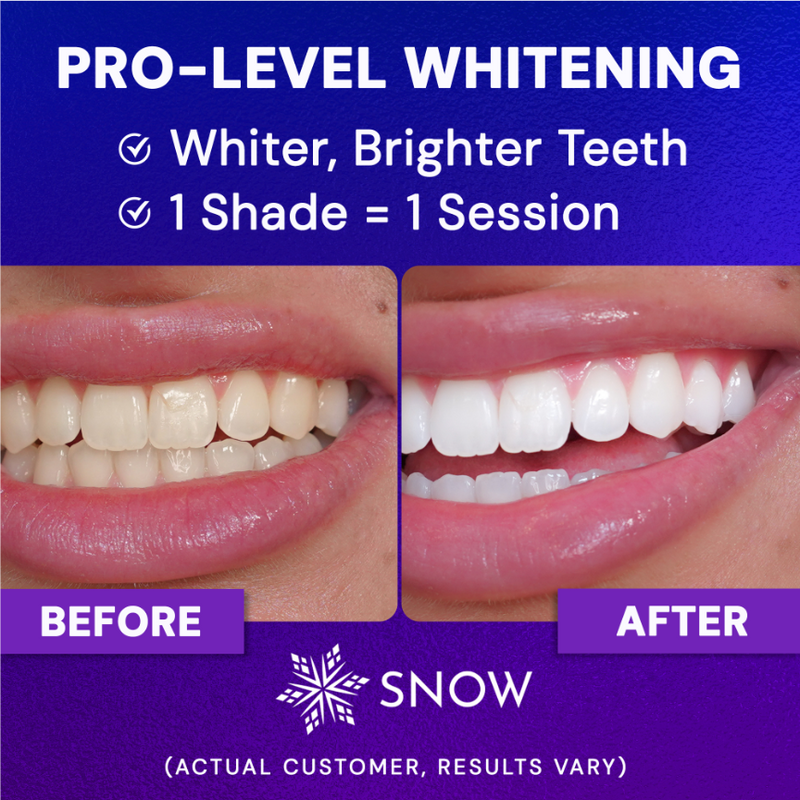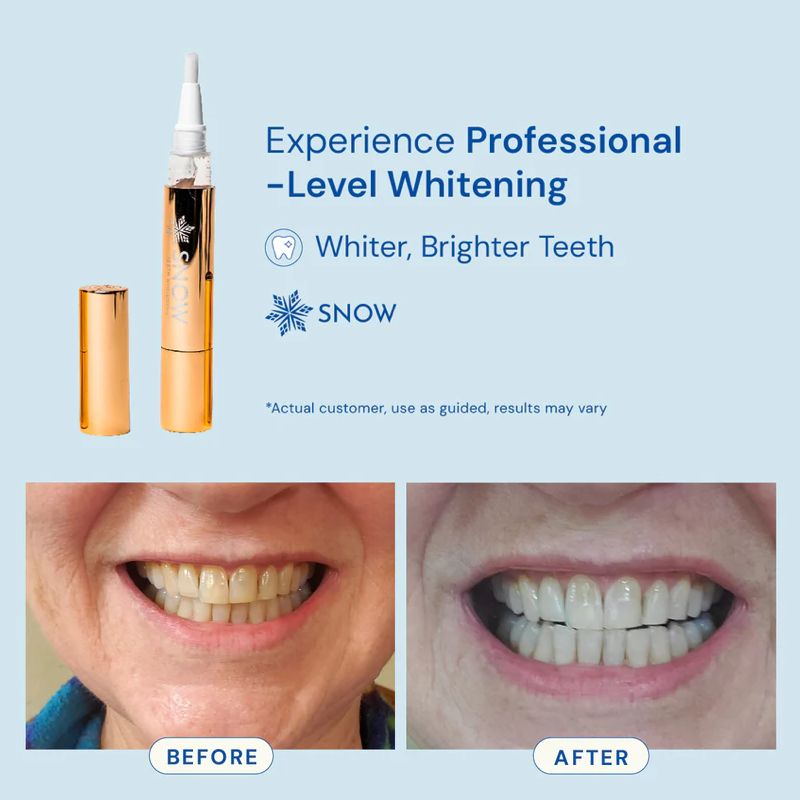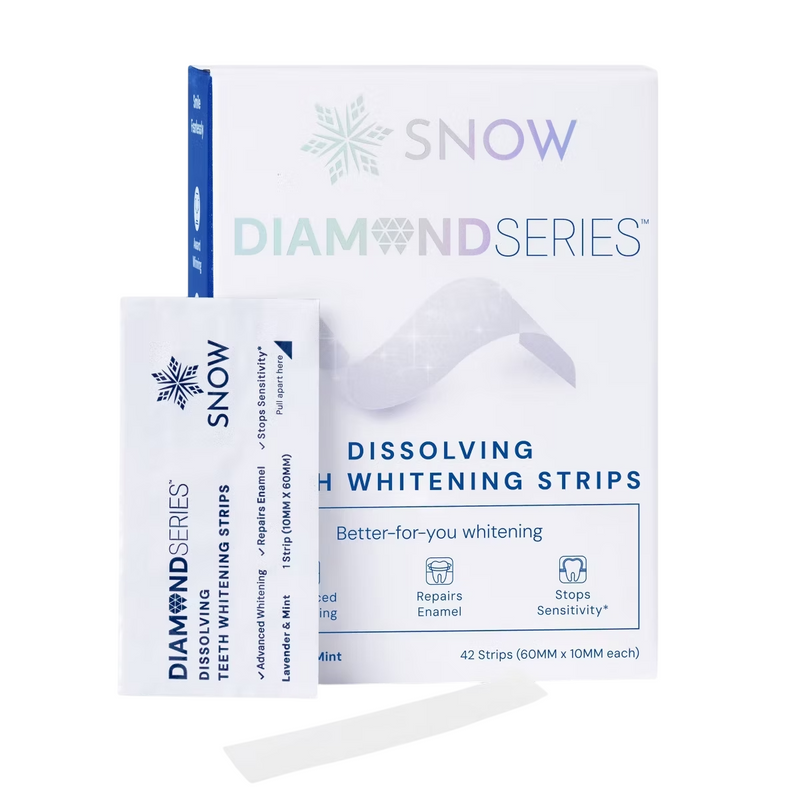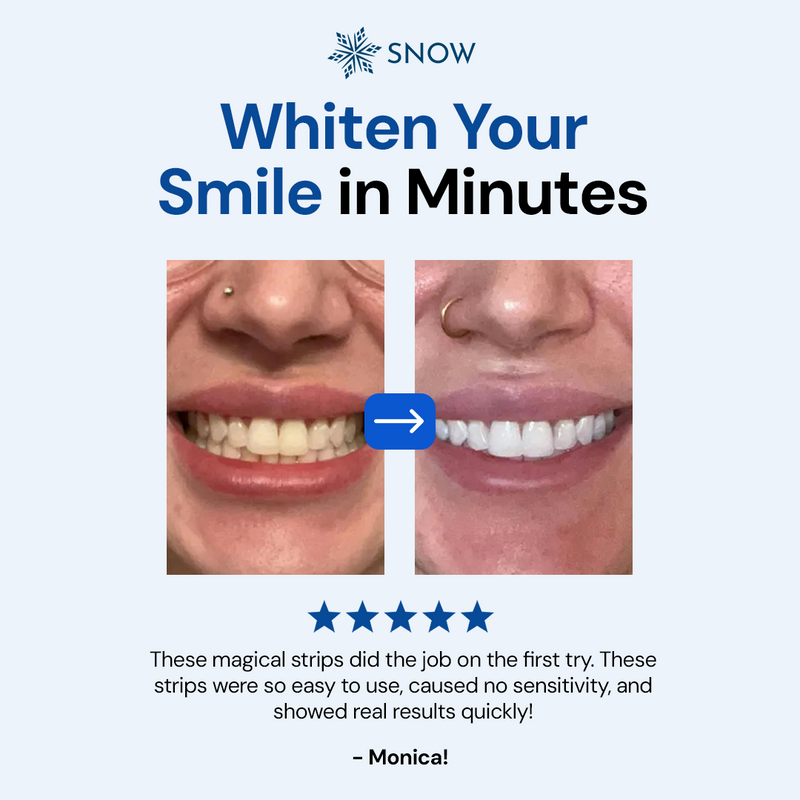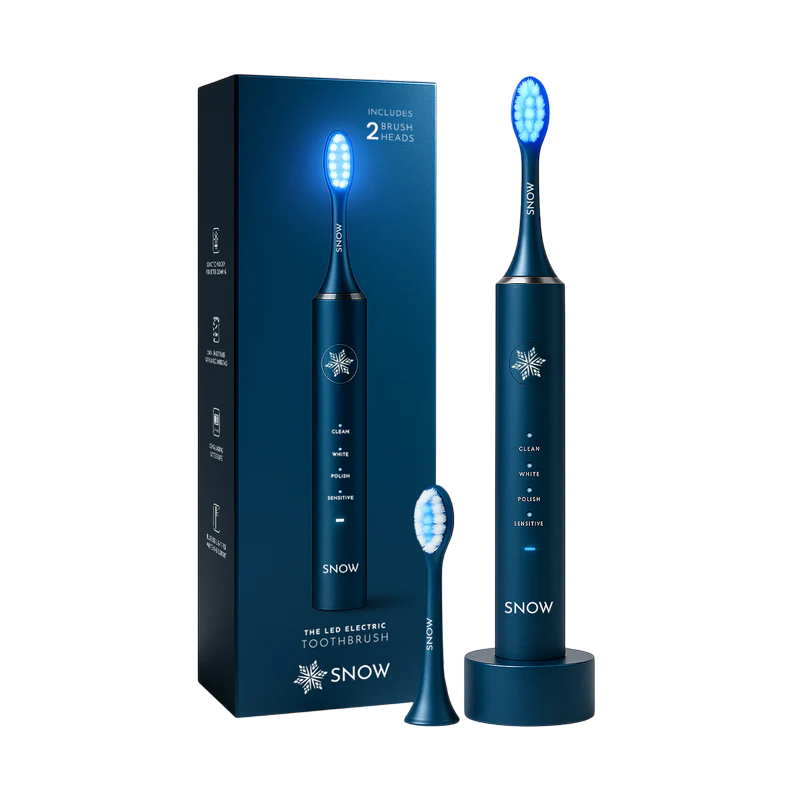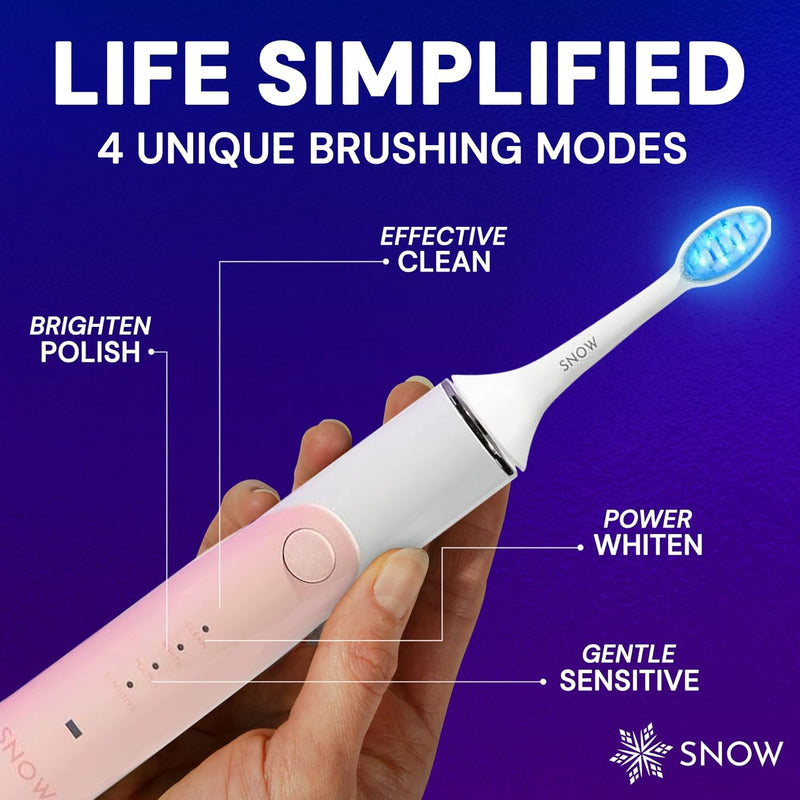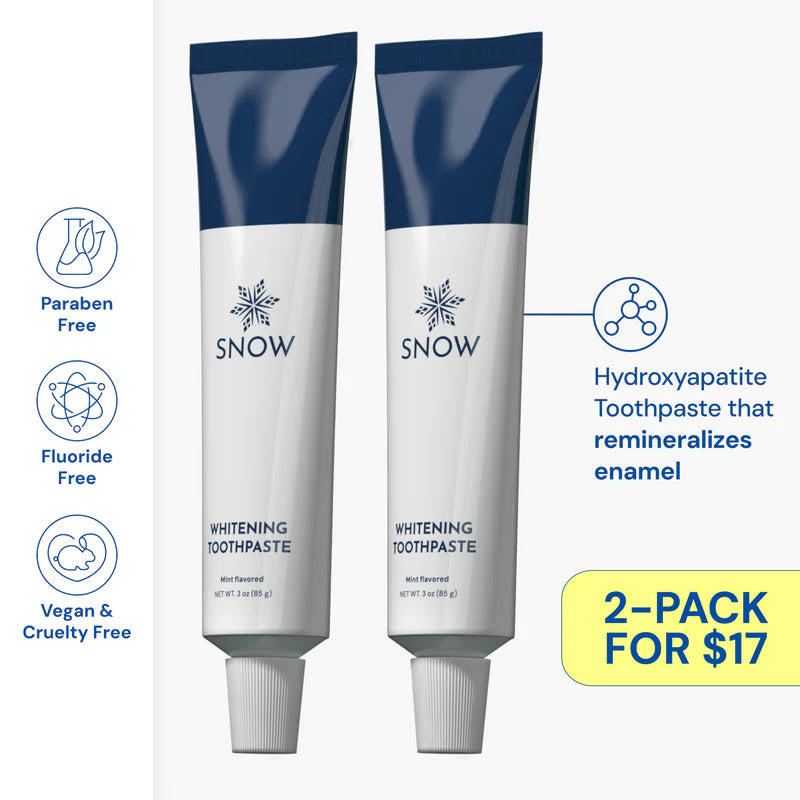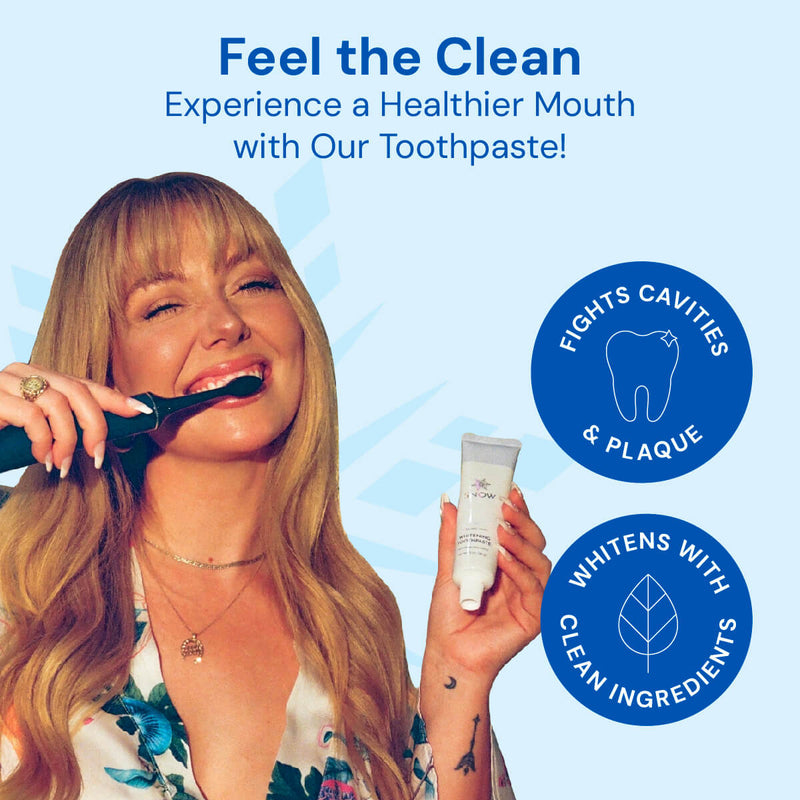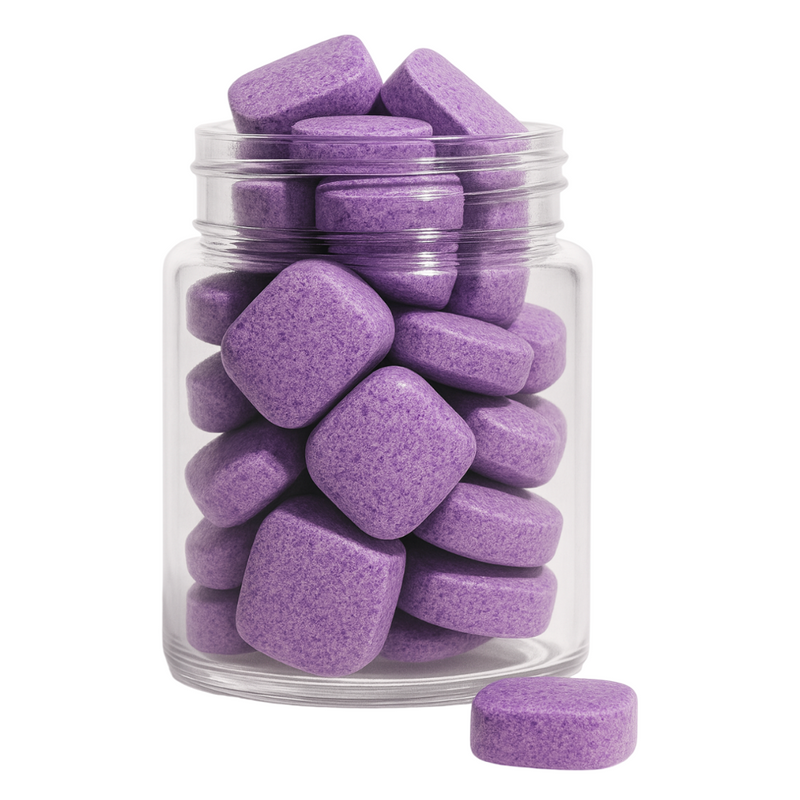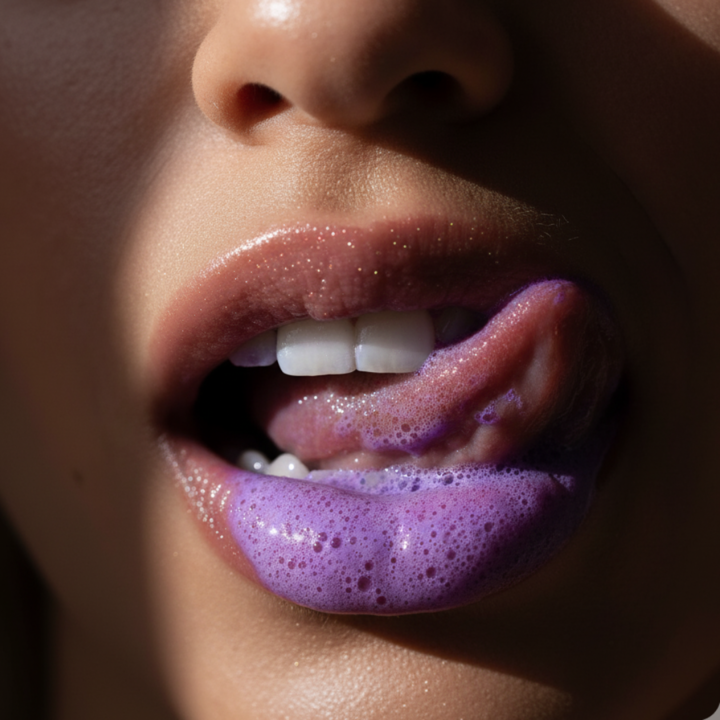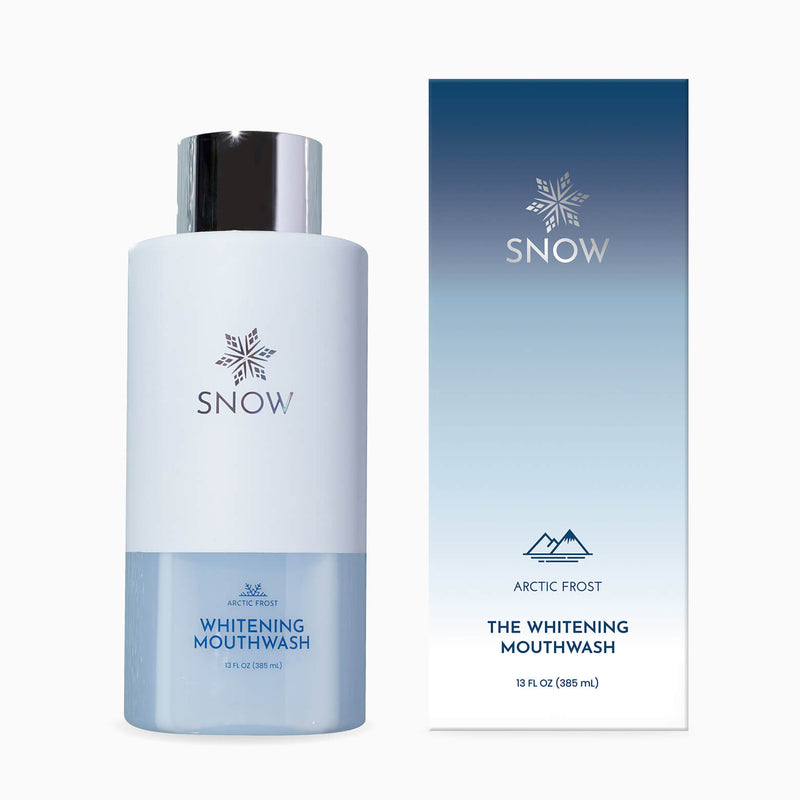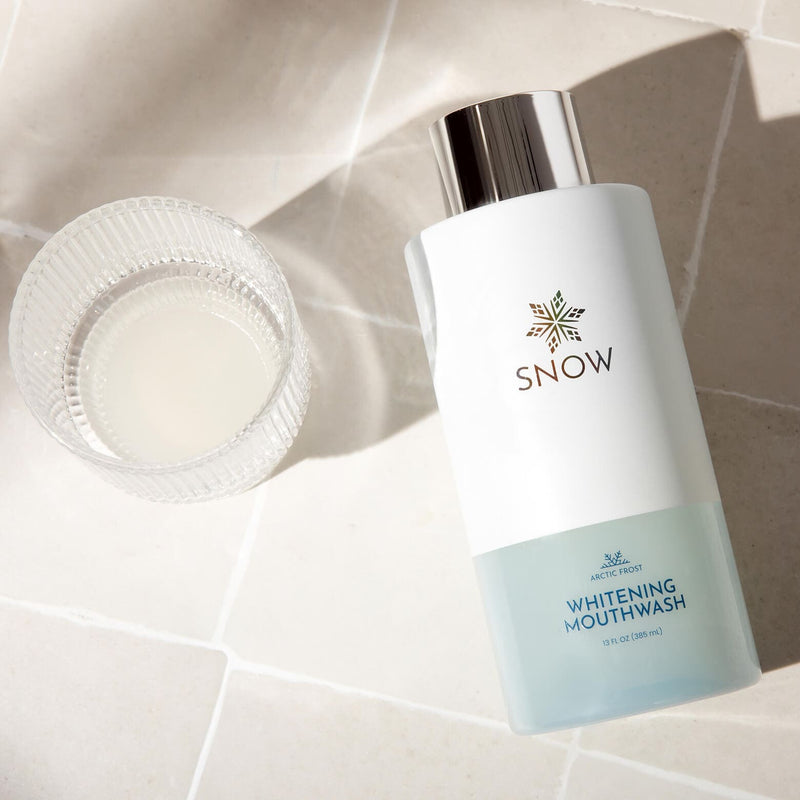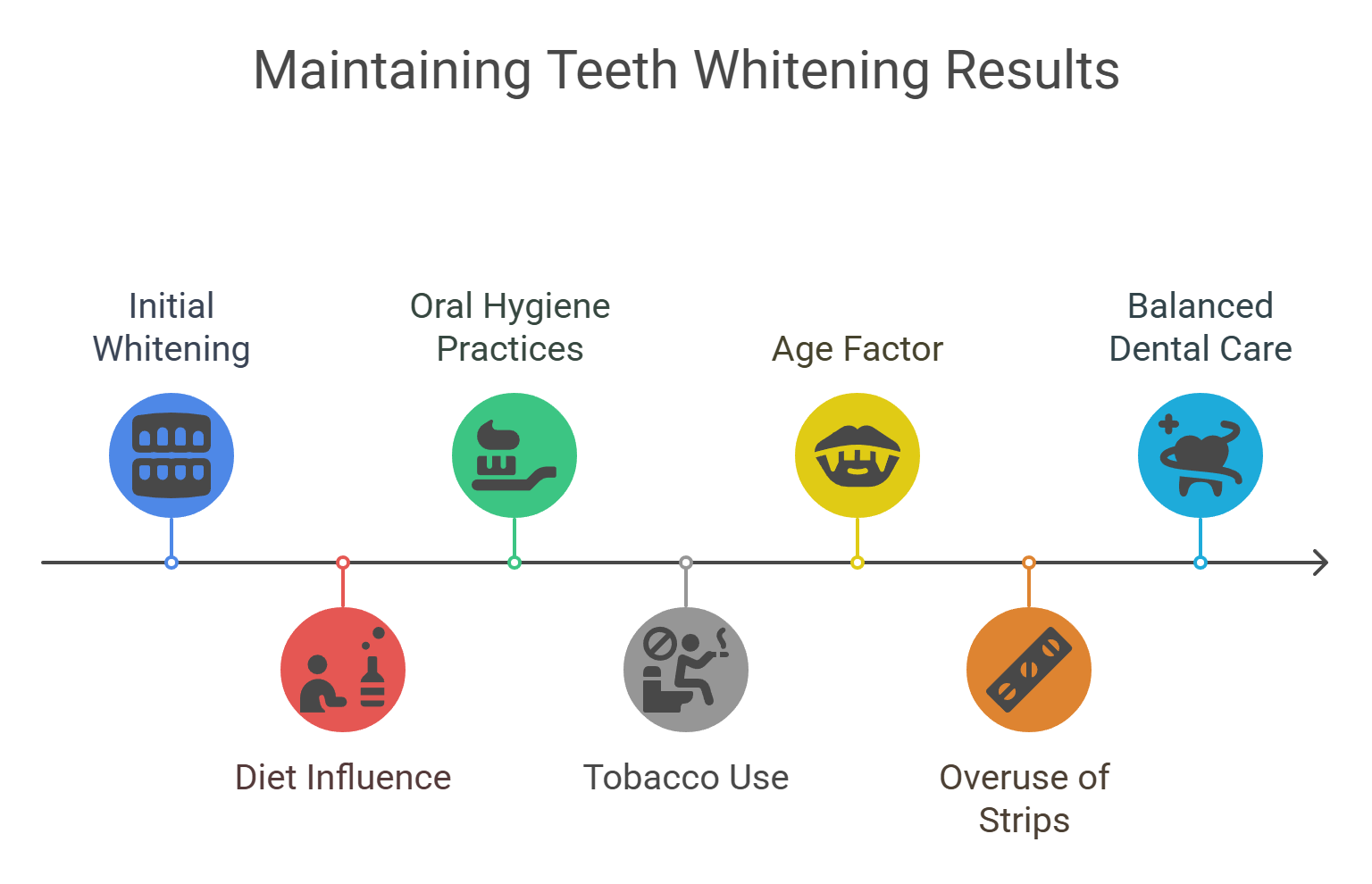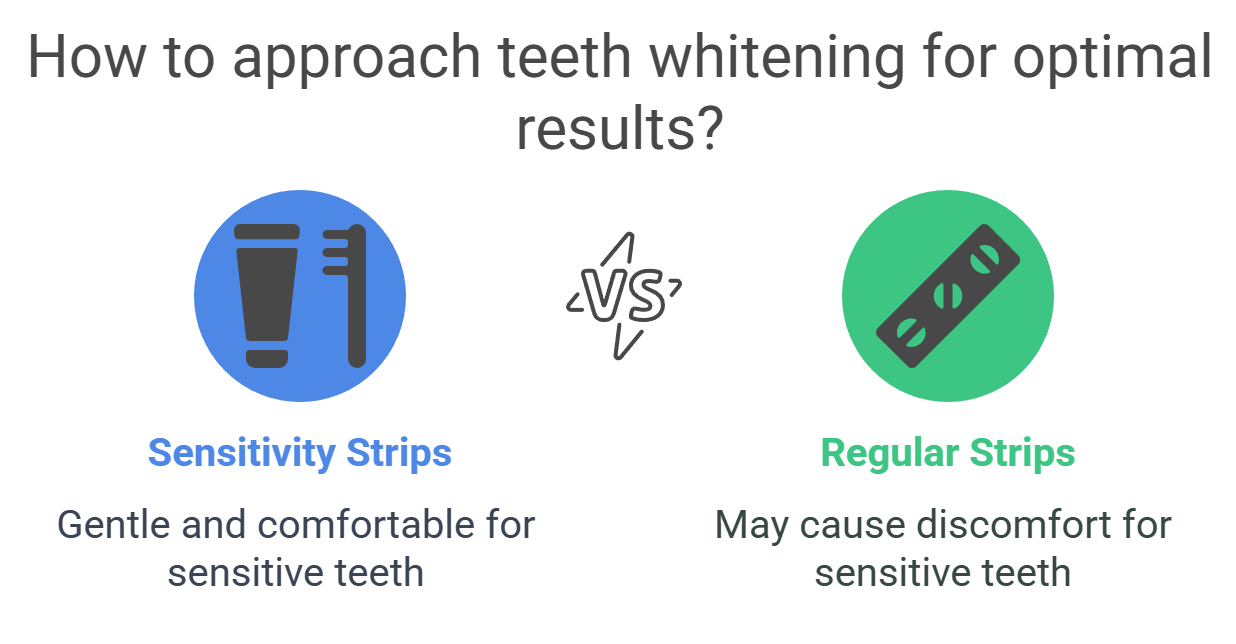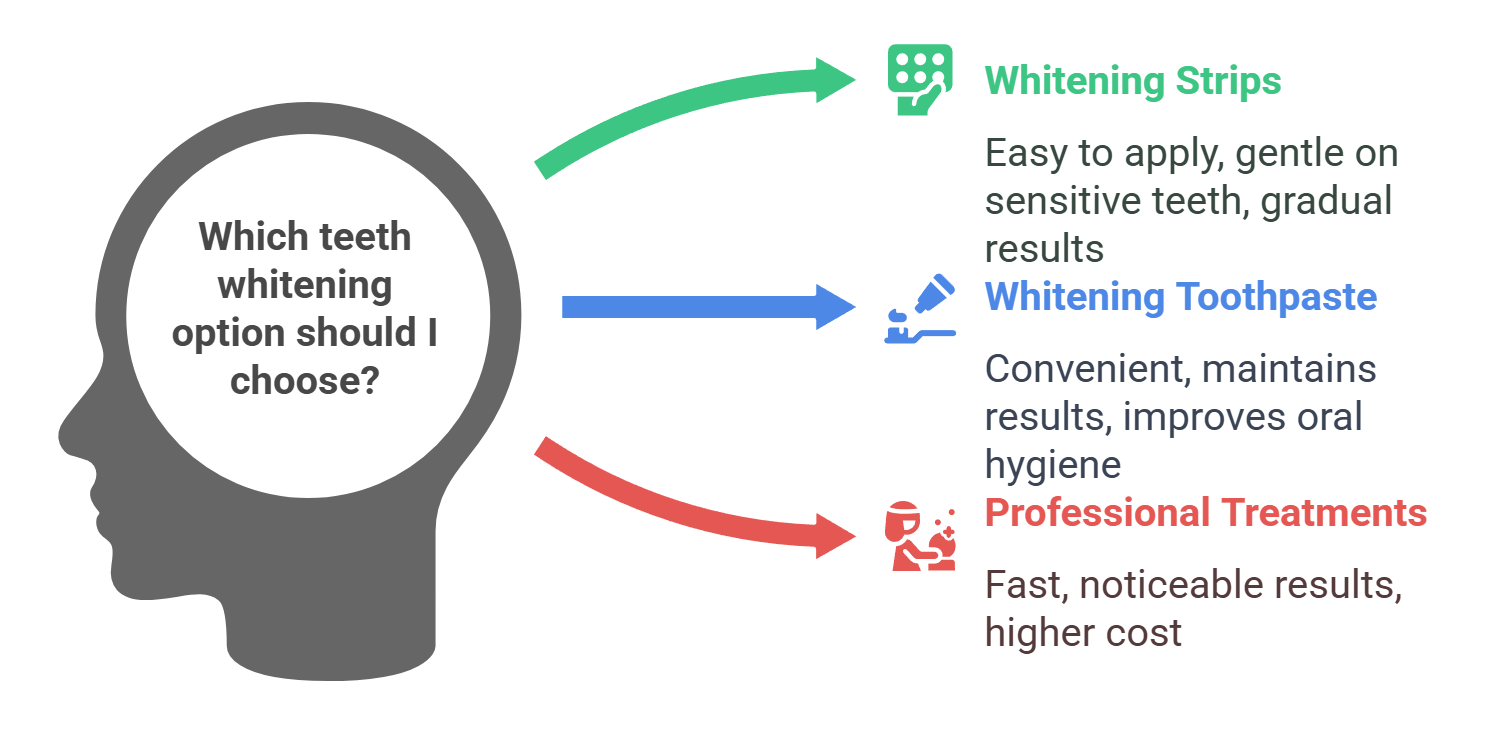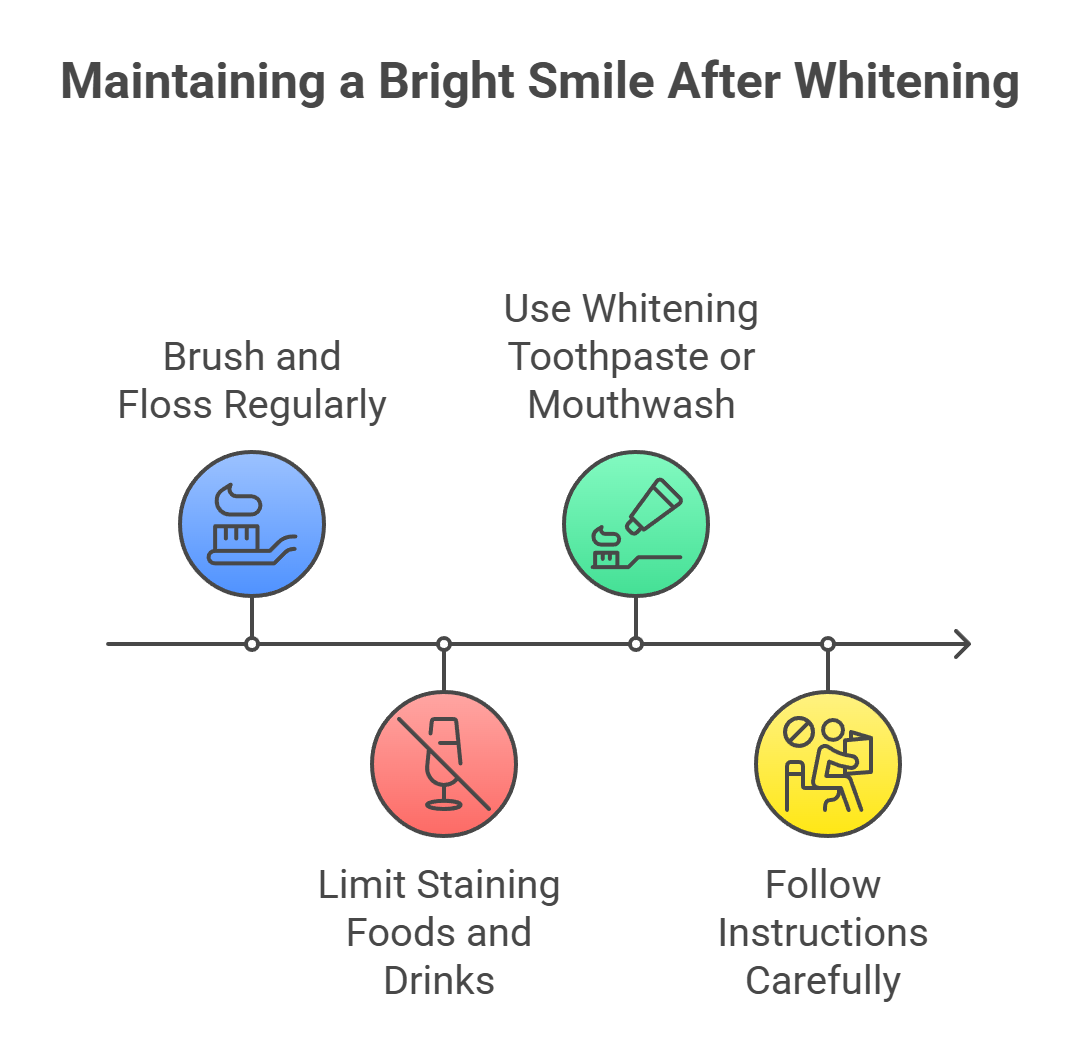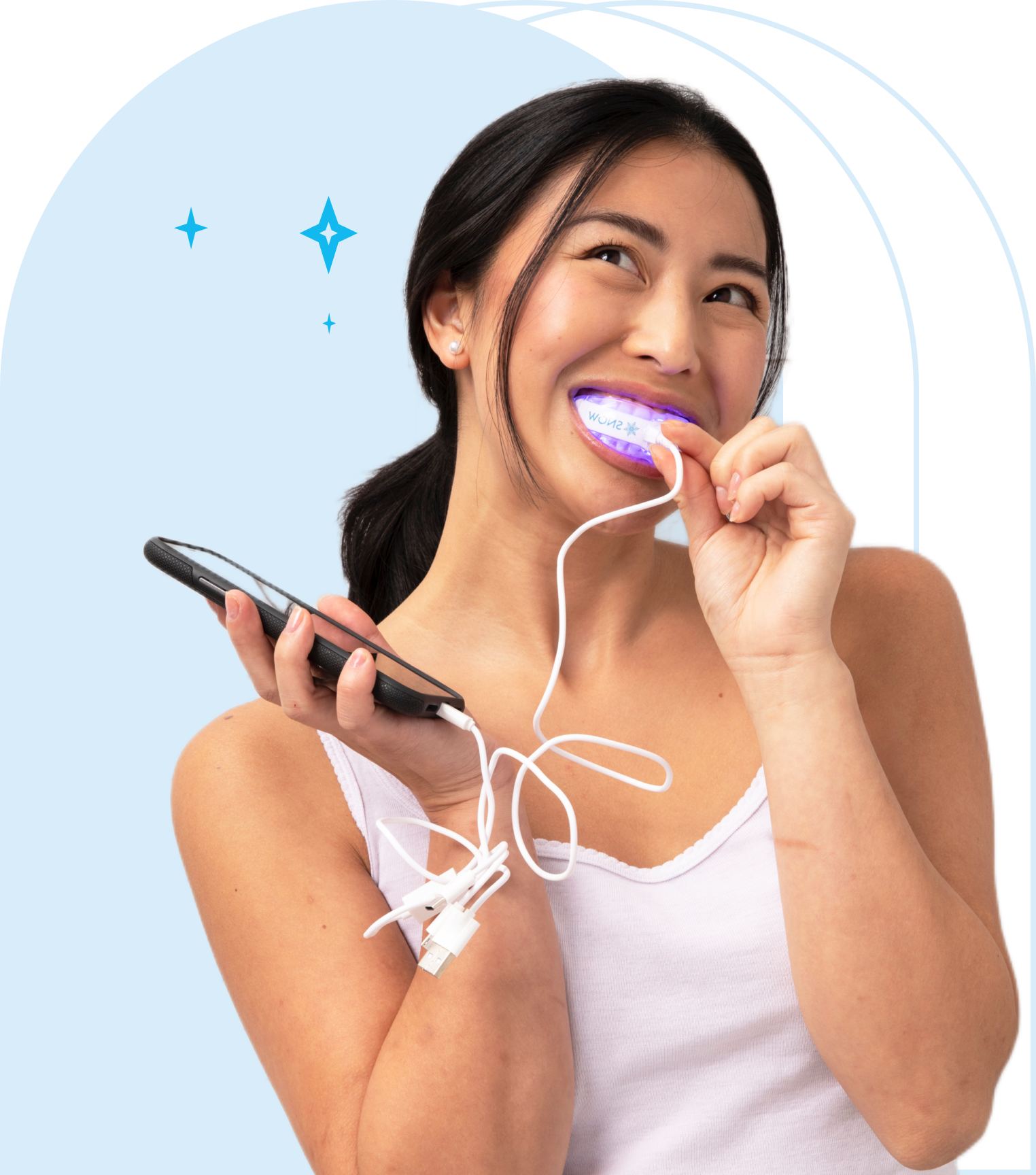Do teeth whitening strips work? The short answer is yes, but their effectiveness can vary. In this article, we’ll dive into how they work, the types of strips you can use, and what results you can realistically expect. We’ll also look at the pros, cons, and some safety tips.
Introduction to Teeth Whitening
Teeth whitening is one of the most popular cosmetic dental treatments, helping people achieve a brighter, more confident smile by reducing stains and discoloration. Among the many options available, whitening strips have become a favorite for their ease of use and visible results.
These flexible strips are coated with hydrogen peroxide or carbamide peroxide, ingredients that penetrate the enamel and break down surface stains caused by coffee, tea, red wine, and smoking.
Clinical research supports their effectiveness.
-
A 2021 study found that hydrogen peroxide strips outperformed pens and gels in whitening results.
-
A 2025 clinical trial also showed they help maintain brightness after professional treatments.
-
Additionally, a 2023 review confirmed both peroxide types are effective and highlighted the ADA’s endorsement of 10% carbamide peroxide for safe, at-home use.
With regular use, these strips offer a simple way to enhance your appearance and boost your self-esteem, making them a popular choice for anyone looking to use teeth whitening products at home.
Key Takeaways
-
Teeth whitening strips utilize hydrogen peroxide and carbamide peroxide to effectively break down tooth stains, primarily targeting extrinsic discoloration from food and drinks.
-
There are various types of whitening strips, including peroxide-based, non-peroxide, and charcoal variants, each catering to different sensitivities and preferences, but effectiveness and results can vary.
-
While convenient and cost-effective, whitening strips can cause tooth sensitivity and may lead to uneven results; proper application and maintenance of oral hygiene are essential for maximizing their effectiveness.
How Teeth Whitening Strips Work
The magic behind teeth whitening strips lies in their active ingredients, primarily hydrogen peroxide and carbamide peroxide, which are known as active bleaching ingredients. When you apply these strips to your teeth:
-
The peroxide agents penetrate the enamel.
-
They oxidize the chromogens—pigmented molecules responsible for tooth discoloration.
-
This oxidation process breaks down the double bonds in the chromogens.
To use whitening strips, you simply apply strips coated with gel containing active bleaching ingredients directly to your teeth, ensuring the gel stays in contact with the enamel for the recommended time.
This effectively lightens the color of your whiter teeth.
A study conducted in 2005 confirmed that this chemical reaction is responsible for the noticeable whitening effect.
Whitening strips are coated with a gel that stays in contact with your enamel for a set period. A 2000 study found that this direct, even contact improves oxidation, helping the active ingredients work more efficiently.
Tooth stains can be intrinsic (deep, internal) or extrinsic, which are surface-level and usually caused by habits like drinking coffee or smoking. Whitening strips primarily target extrinsic stains, making them ideal for everyday discoloration. Research from 2015 supports their effectiveness in removing surface stains through direct oxidation.
More recently, a 2022 study highlighted that whitening performance depends heavily on contact time and how well the peroxide spreads through enamel.
Types of Teeth Whitening Strips
Teeth whitening strips come in different formulas, each suited to specific needs. The three most common types are:
-
Peroxide-based strips
-
Non-peroxide strips
-
Charcoal-based strips
Let’s break down how each one works—and what to expect.
1. Peroxide-Based Whitening Strips
Peroxide-based whitening strips are the most common and are highly effective. Key points include:
-
Hydrogen peroxide or carbamide peroxide in these strips penetrates the tooth enamel to break down stains.
-
Many peroxide-based strips use hydrogen peroxide as the primary whitening agent, which activates on contact with saliva to lift stains from the enamel.
-
Hydrogen peroxide releases oxygen upon contact with saliva, lifting stains from the teeth.
These strips are particularly effective for surface stains from everyday habits like drinking coffee or smoking. Key points include:
-
Some formulations include sodium bicarbonate to enhance the whitening effect.
-
Peroxide can sometimes cause tooth sensitivity.
-
It’s vital to follow the instructions carefully to avoid adverse effects.
2. Non-Peroxide Whitening Strips
Non-peroxide whitening strips are a great alternative for those with sensitive teeth. These strips rely on natural ingredients like enzymes and coconut oil to whiten teeth without causing sensitivity. Key features include:
-
Use of natural ingredients such as enzymes and coconut oil
-
Gentler on teeth and gums compared to peroxide-based products
-
Suitable for people who can’t tolerate peroxide-based whitening products
While gentler, these strips generally offer less dramatic results than peroxide-based options. Noticeable improvements can take several weeks, and the results may not be as striking. However, for those prioritizing comfort over speed, non-peroxide whitening strips can be a viable option.
3. Charcoal Whitening Strips
Charcoal whitening strips have become popular as a natural teeth whitening option. These strips adsorb surface stains and use mild abrasives to remove plaque. They typically contain activated charcoal and baking soda, both known for their cleaning properties.
However, charcoal whitening strips may not provide long-lasting effects and are not suitable for everyone, especially those with sensitive teeth. Checking the active ingredients on the label ensures safety and effectiveness.
While they offer a more natural approach, the results are often less dramatic compared to peroxide-based strips.
Here’s a quick, clean comparison table for the three types of whitening strips:
|
Type |
Key Ingredients |
Effectiveness |
Best For |
Considerations |
|
Peroxide-Based |
Hydrogen peroxide or carbamide peroxide |
High – noticeable results in 1–2 weeks |
Users wanting fast, visible results |
May cause sensitivity; follow instructions carefully |
|
Non-Peroxide |
Natural enzymes, coconut oil, essential oils |
Moderate – gradual whitening over weeks |
Sensitive teeth, gentler approach |
Slower results; often more comfortable |
|
Charcoal-Based |
Activated charcoal, baking soda |
Low to moderate – surface stain removal |
Natural option seekers |
Abrasive; may reduce luster and not ideal for sensitivity |
Choosing the Best Teeth Whitening Strips
Finding the right teeth whitening strips depends on your goals and sensitivity level. Here’s what to keep in mind:
-
Check the ingredients: Strips with hydrogen peroxide or carbamide peroxide usually offer faster, more noticeable results.
-
Consider sensitivity: If you have sensitive teeth, go for strips labeled as gentle or made with non-peroxide ingredients.
-
Think about wear time: Some strips require only 10 minutes, while others may need 30+. Pick what fits your routine.
-
Look for added benefits: Some options pair well with whitening toothpaste or rinses to help you maintain your results longer.
-
Balance cost and convenience: The best strips offer a mix of effectiveness, comfort, and affordability.
Taking a moment to compare options—and checking a few user reviews—can help you choose strips that suit your needs and deliver a brighter smile with less hassle.
Effectiveness of Whitening Strips
Whitening strips can be an effective way to brighten teeth, but results vary based on wear time, formula strength, and individual enamel.
A 2020 systematic review found that while dentist-supervised bleaching showed slightly greater color changes under clinical tools, the difference wasn’t visible to the human eye. Meanwhile, strips had fewer reports of tooth sensitivity—making them a solid choice for at-home whitening.
Another clinical trial showed that extended-wear whitening strips—used for two hours daily—delivered significantly better whitening than shorter 30-minute applications, without added side effects. This suggests that contact time plays a key role in visible results.
At-home products like SNOW’s Dissolving Whitening Strips use advanced adhesion and ingredients like Hydroxyapatite to improve both the whitening process and enamel health—making them a convenient, science-supported alternative to in-office treatments.
Duration of Results
The whitening effects of teeth whitening strips typically last between six months to a year. The duration is influenced by several factors:
-
Diet: Consuming certain foods and beverages, such as coffee, tea, red wine, and dark juices, can cause staining and shorten the lifespan of the whitening effects.
-
Oral hygiene
-
Tobacco use
-
Age
Good oral hygiene practices, like regular brushing and flossing, can help extend the results for oral health, as recommended by the American Dental Association. However, avoid overusing the strips, as this can damage enamel and lead to quicker enamel erosion and staining. A balanced approach to dental care can help maintain that bright smile for as long as possible.
Pros and Cons of Using Whitening Strips
Thinking about whitening strips? Here's a quick look at the pros and cons to help you decide. Use this comparison to see if they're the right fit for your routine.
|
Pros |
Cons |
|
Convenient and easy to use at home |
Results may be uneven across all teeth |
|
More affordable than professional whitening treatments |
Can cause tooth sensitivity, especially with improper use |
|
No need for dental visits or custom trays |
Gel may irritate gums if misapplied |
|
Effective for brightening teeth and removing surface stains |
Results are temporary and may require ongoing use to maintain |
|
Gentler on enamel compared to some stronger bleaching products |
Less effective on intrinsic or deep stains |
|
Widely accessible and available in various formulations for different needs |
May not be ideal for those with dental restorations or pre-existing oral sensitivity |
Safety and Side Effects
Safety is a primary concern with teeth whitening strips. Tooth sensitivity is a common side effect, usually minor and temporary with over-the-counter products that have lower concentrations of bleaching agents. However, hydrogen peroxide strips can damage teeth, particularly for those with sensitive teeth and gums.
Some whitening products may also help reduce harmful bacteria on the tooth surface, which can contribute to better oral health by lowering plaque and helping prevent tooth decay.
Higher peroxide concentrations and longer application times can increase side effect risks, including chemical burns on the gums. Proper application minimizes these risks.
Younger children should avoid using whitening strips, and teens should use them under supervision to avoid misuse.
Oral Health Considerations
Before using whitening strips, it’s smart to check in on your oral health. If you have sensitive teeth or gums, look for strips made specifically for sensitivity—they’re gentler and more comfortable to use.
Keep in mind:
-
Dental work like crowns, veneers, or fillings won’t whiten like natural teeth, which may cause uneven results.
-
If you have cavities, gum disease, or other dental issues, it’s best to talk to your dentist first.
Taking care of your overall oral health first helps make whitening safer, more effective, and frustration-free.
Cost and Convenience
One of the biggest perks of whitening strips? They’re affordable and easy to use.
Unlike professional treatments that require appointments and can cost a lot, whitening strips are:
-
Available over the counter
-
Simple to use at home
-
Typically worn for just a few minutes a day
With plenty of options to fit different needs and budgets, they’re a convenient way to brighten your smile—without the dentist's chair.
Alternatives to Whitening Strips
Teeth whitening strips are popular, but they are not the only other teeth whitening options. Compared to other teeth whitening products, whitening strips are generally easier to apply, can be gentler on sensitive teeth, and may provide more gradual results, making them suitable for a wide range of users. Alternatives include:
-
Whitening toothpaste
-
Professional treatments
-
Other at-home products like gels, pens, and mouthwashes
-
Teeth whitening products
Each option has benefits and drawbacks, so use teeth whitening that best meets your needs.
Whitening Toothpaste
Whitening toothpastes are a convenient alternative. Active ingredients in these toothpastes remove surface stains and maintain a brighter smile. Consistent use of whitening toothpaste can gradually help you achieve whiter teeth and improve the appearance of your teeth stains while also focusing on whitening teeth.
Whitening toothpaste not only provides a brighter smile but also contributes to overall oral hygiene. It’s an easy addition to your daily routine and helps maintain results from other whitening treatments.
Professional Teeth Whitening Treatments
Professional treatments offer faster and more noticeable results compared to at-home methods. Key advantages include:
-
Dentists use higher concentrations of whitening agents, which enhances effectiveness.
-
In-office treatments can lighten teeth by 5-8 shades in about an hour.
-
These procedures yield significant results, including professional whitening.
These treatments often require less maintenance and offer longer-lasting effects than over-the-counter whitening options. However, they can be more expensive and may not suit everyone. Consulting with a dentist about a whitening treatment can help determine the best whitening option for you.
Tips for Best Results with Whitening Strips
To get the best results with whitening strips, follow the instructions carefully:
-
Brush and floss thoroughly before applying the strips for effective results.
-
Whitening strips are typically worn for about 30 minutes.
-
Apply the strips to clean, dry teeth.
Consistency is crucial for achieving and maintaining a bright smile. Using the strips regularly can be challenging, but setting a routine can help. Proper use maximizes the effectiveness of your whitening strips, helping you achieve a whiter smile.
Aftercare and Maintenance
To keep your smile looking its best after using teeth whitening strips, it’s important to maintain good oral hygiene and healthy habits.
-
Brush and floss your teeth regularly to remove food particles and prevent new stains from forming.
-
Limit your intake of staining foods and drinks like coffee, tea, and red wine, which can diminish your whitening results.
-
Incorporating a whitening toothpaste or mouthwash into your routine can help extend the effects of your whitening treatment.
-
Always follow the instructions carefully and avoid overusing whitening strips, as excessive use can lead to tooth sensitivity or other side effects.
By caring for your teeth and making smart choices, you can enjoy a whiter, brighter smile for months to come.
Do Teeth Whitening Strips Work Wrapped Up
Teeth whitening strips offer a practical and affordable solution for a brighter smile—especially when used consistently and correctly. While results vary based on factors like enamel type and stain severity, they remain a trusted choice for everyday whitening at home. Options like peroxide-based, non-peroxide, and charcoal strips mean there’s something for every preference and sensitivity level.
For those looking to enhance their results without harsh chemicals or dental visits, at-home innovations like SNOW®’s dissolvable whitening strips combine science-backed ingredients and ease of use. They’re a gentle, enamel-friendly option trusted by over a million customers.
Ready to see results? Discover SNOW®’s best-selling whitening strips and get up to 35% off—your brighter smile starts now.
Frequently Asked Questions
Do teeth whitening strips actually work?
Teeth whitening strips utilize peroxide agents to break down stains and lighten the color of your teeth. They are effective for removing surface stains caused by foods, drinks, and lifestyle habits, helping you achieve a whiter smile. However, their effectiveness can vary depending on the severity and type of stains.
Can yellow teeth be white again?
Yes, yellow teeth can often be whitened using teeth whitening strips, especially if the discoloration is due to surface stains. However, intrinsic stains or enamel erosion may require professional treatments for more significant improvement.
Do Snow white strips work for really yellow teeth?
Snow white strips are among the most popular and effective peroxide-based whitening strips. They can lighten teeth by a few shades and are generally effective for yellow teeth caused by extrinsic stains. For very deep or stubborn yellowing, professional whitening treatments may be more suitable.
How long does it take for teeth whitening strips to work?
Results from teeth whitening strips typically become noticeable within a few days to a couple of weeks of consistent use. The exact time depends on the product used, the concentration of active ingredients, and the initial condition of your teeth.















































